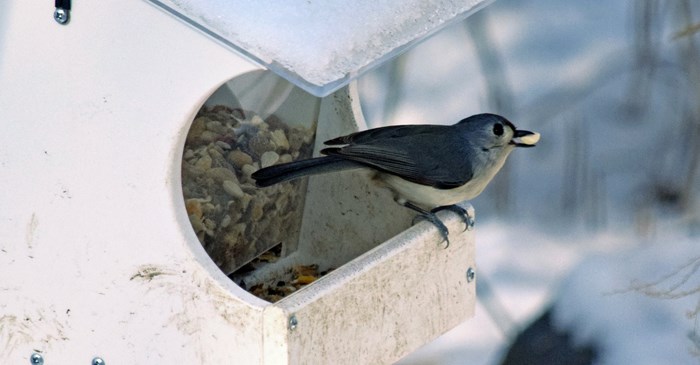A great journey is taking place across the U.S., and just about every area of it is flyover country. As we learned earlier, many species of songbirds fly through the night, and spend their days resting and feasting. Some may even stay a few days before moving along. While they're here, roll out the welcome mat and enjoy the show.
Hang extra feeders
In the fall, birds eat more to bulk up for the long journey, which is known as hyperphagia. In fact, some bird species nearly double their body weight at this time of year.
So when they come in for a landing after an all-night flight, a full buffet of seed and nuts will be a most welcome sight. Dig out (and disinfect) the spare feeders in the garage. To keep birds from crowding in one feeding station, try hanging these extra feeders in different spots around the yard.
Set out water
Even if the temperatures are falling, it’s still a good idea to keep your birdbath clean and filled with water. If you don’t have one, setting out a shallow bowl of water will do. Bathing helps birds smooth and maintain their feathers so they're in top shape for the long trip.
Grab your guide
If your birding app’s been at rest or your bird guide’s been gathering dust, now’s the time to have these at the ready. (If you’re seeking good bird resources, here are five apps to try along with these handy new easy-to-use guides from the Cornell Lab of Ornithology.)
To appeal to as many species as possible, offer a variety of seed, such as high-quality straights (like peanut pieces and black oil sunflower seeds) and mixes like Lyric Supreme Mix, which offer a feast of nutritious nuts and seeds.
